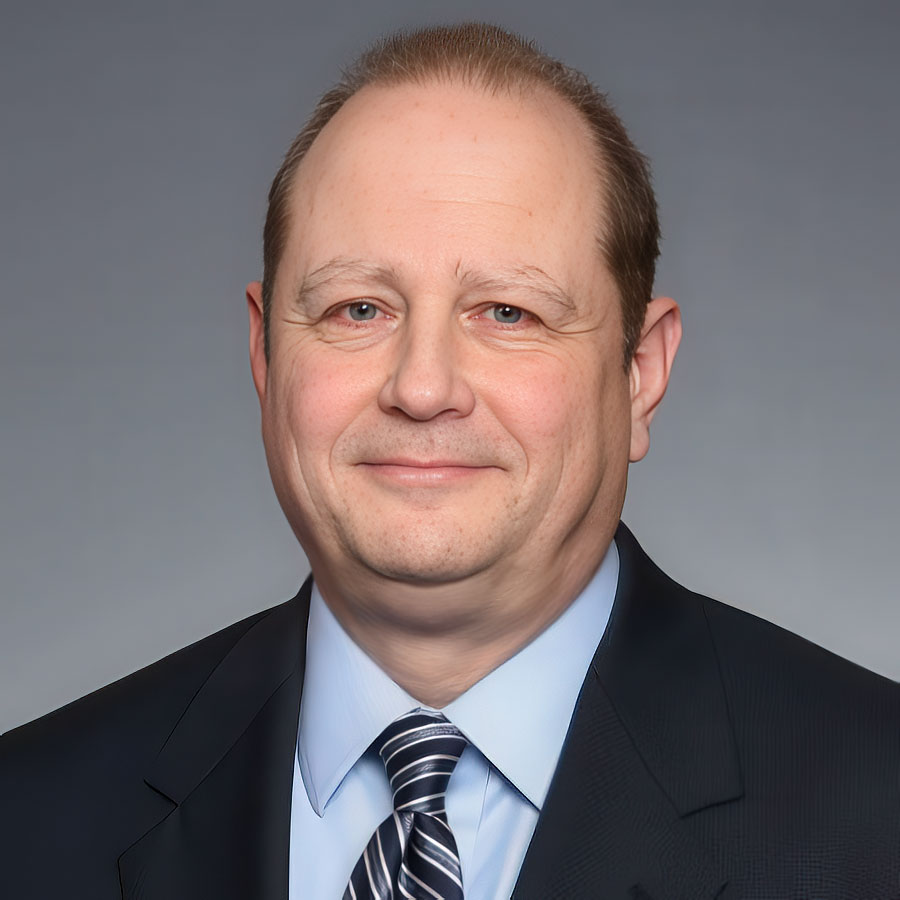In this episode, we speak with David Fanella, Ph.D., S.E., P.E., F.ACI, F.ASCE, F.SEI, vice president of engineering at the Concrete Reinforcing Steel Institute, about designing cost-effective steel-reinforced concrete buildings, the role of constructability in project success, especially in seismic construction, and how managing tolerances can streamline construction and reduce costs.
***The video version of this episode can be viewed here.***
Engineering Quotes:
Here Are Some of the Questions We Asked David:
- How can we effectively implement economical and efficient designs for reinforced steel concrete structures during the design and planning phases?
- What advice or resources can you recommend for newer engineers to learn more about constructability issues, especially those who primarily work in offices?
- How do constructability mistakes in seismic construction impact structures in high seismic regions, potentially causing a domino effect on the economy?
- What are the most common inefficiencies in concrete design, and how can they be avoided?
- How do engineers, architects, and contractors collaborate to enhance cost efficiency in complex projects?
- With your extensive career in different disciplines, what have you enjoyed and learned, and what were the pros and cons of working at small versus large firms and teaching?
- What final piece of advice would you give to both students and working engineers on how to progress effectively in their careers?
Here Are Some of the Key Points Discussed About Unparalleled Ways to Improve Seismic Construction With Tested Concrete Designs:
- Effective implementation of economical and efficient designs centers on constructability, encompassing economical formwork, appropriate fitting of reinforcing steel, and maintaining proper concrete flow to prevent defects such as segregation or honeycombing. Adherence to these principles throughout any project ensures success.
- Newer engineers benefit from engaging with detailed design guides, like the ACI 318 provisions, which illuminate various aspects of typical buildings and aid in understanding project integration. Participation in real-world projects and access to resources focused on practical design and construction aspects significantly enhance their comprehension and skill application.
- In high seismic regions, mistakes in seismic construction can intensify structural failures during earthquakes due to inadequate reinforcement and non-compliance with flexural, stiffness, and ductility requirements. Such errors in seismic construction result in substantial economic losses, elevated repair costs, and extended downtime for essential infrastructure.
- Common inefficiencies in concrete design, such as inadequate detailing and overlooking tolerances, can cause construction delays and increase costs. Engineers mitigate these issues by ensuring detailed plans that account for tolerances and possible site adjustments, alongside employing adaptable design solutions like adjustable dowels to effectively manage onsite uncertainties.
- Engineers, architects, and contractors improve cost efficiency through early collaboration, sharing expertise, and aligning project goals and materials from the beginning. This proactive approach facilitates the early resolution of potential issues, optimizes resource use, and ensures team alignment on project objectives and execution strategies.
- A career engaging in both new and existing building designs presents dynamic challenges and diverse learning opportunities. Working at smaller firms typically offers broader responsibilities and closer client interactions, whereas larger firms provide resources for more significant, high-profile projects. Teaching enhances practical engineering work by allowing for an in-depth exploration of theoretical concepts and knowledge sharing with the next generation.
- Students and engineers enhance their career progression by focusing on deeply understanding core problems before formulating solutions, emphasizing practical learning through site visits and real-world applications. Active participation in professional associations and continuous education through courses and certifications also lays a solid foundation for ongoing professional development.
More Details in This Episode…
About David Fanella, Ph.D., S.E., P.E., F.ACI, F.ASCE, F.SEI

About the Host
Mathew Picardal, P.E., SE

Sources/References:
Concrete Reinforcing Steel Institute
ACI
Structural Engineers Association of Illinois
American Society of Concrete Contractors
Connect with David Fanella, Ph.D., S.E., P.E., F.ACI, F.ASCE, F.SEI, on LinkedIn
Please leave your comments or questions in the section below on how to improve seismic construction with tested concrete designs.














